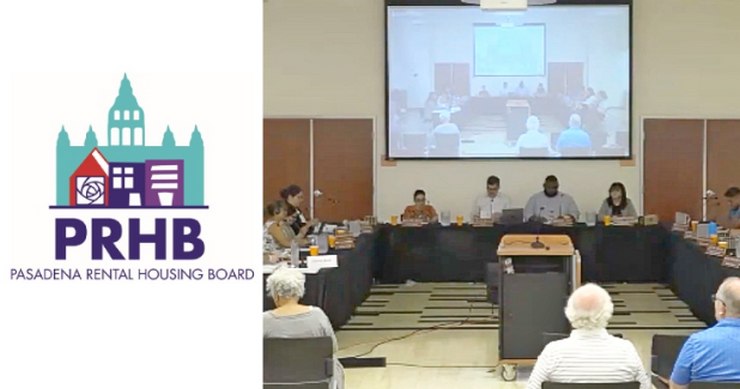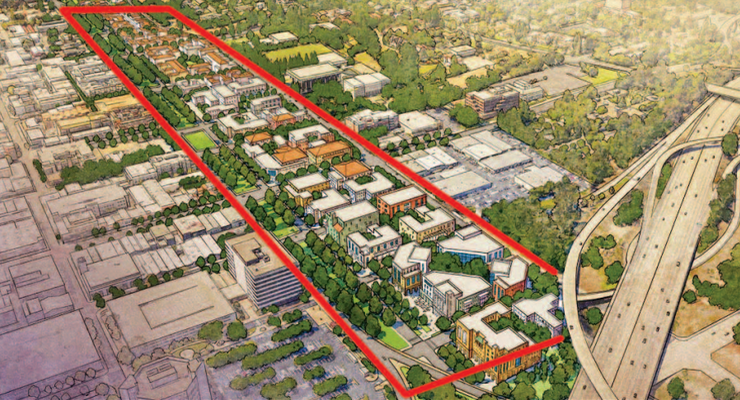Los Angeles may become a suburb of Oakland in the distant future, Jet Propulsion Laboratory (JPL) scientists said in a videocast and live chat on Monday.
Airing live on NASA JPL’s channel available on Ustream TV on July 6 at 5 p.m., the “Quake Chat” featured two JPL scientists who responded to inquiries about earthquakes submitted by individuals watching the hour-long show.
Responding to one viewer’s question regarding the possibility of California “falling off into the ocean” one day, Andrea Donnellan, a JPL scientist, told the more than 115 people watching that California will not break apart and float away but may become a suburb of Oakland 25 million years into the future because of activity along the San Andreas Fault.
“The state is constantly moving,” Donnellan said. “[Los Angeles] is moving north, Oakland’s moving south.”
Donnellan also answered questions about the technology used to measure earthquakes, the prevalence of earthquakes in the United States, the potential for predicting earthquakes and when, if ever, California will have “the big one”.
“We know we’re going to have a big one,” she said. “The San Andreas Fault is way overdue for an earthquake.”
According to Donnellan, earthquakes can happen anywhere in the nation and have been experienced in Massachusetts, New York and Ohio. The reason why California experiences more earthquakes than elsewhere in the nation, she said, is because of its location along the plate boundary of the North American and Pacific plates.
After Donnellan’s half-hour long talk, a short video discussing the 1906 San Francisco earthquake was played. It was followed by a second half-hour long live chat with JPL geophysicist Maggie Glasscoe.
Glasscoe began by comparing the Earth’s crust to a rubber band, honey and silly putty.
“The crust has different mechanical properties, different layers, and each of these layers behaves differently,” she explained.
She then began answering more of the audience’s questions on topics such as earthquakes on other planets, earthquakes and tsunamis, the differences between an earthquake’s epicenter and hypocenter and the frequency of earthquakes along the San Andreas Fault in California.
“We do have numerous earthquakes every day in California,” Glasscoe said. “You just may not feel them.”
Individuals interested in tracking the patterns of earthquakes that occur on a daily basis can visit the United States Geological Society Web site, she added.
To watch an archived version of the live chat, visit http://www.ustream.tv/channel/nasajpl. For more information on JPL’s earthquake research, visit http://uavsar.jpl.nasa.gov and http://quakesim.jpl.nasa.gov.














 0 comments
0 comments


